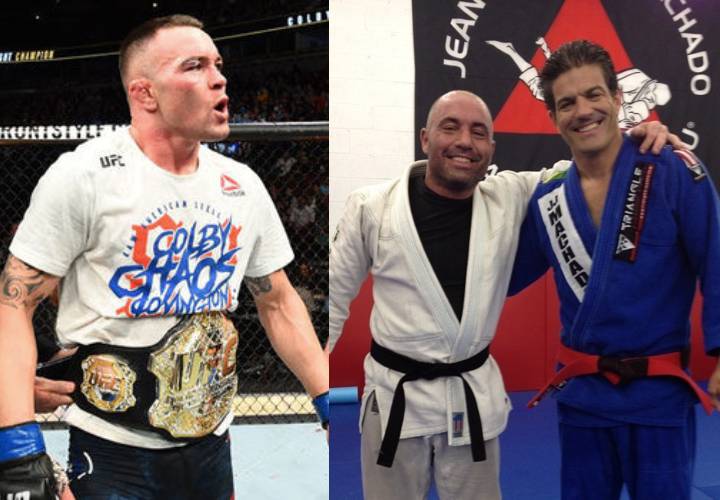Earl Weiss
Senior Master
- Joined
- Jan 27, 2009
- Messages
- 3,595
- Reaction score
- 935
Some systems use one to reinforce the other. At a specific rank the Blocks and attacks present in the pattern for that rank are incorporated into the step sparring for that rank. The solo practice reinforces the practice with an attacker / defender and vica versa.I actually did try and go through a design phase where I would come up with 1-steps, and then come up with a form that can be used as a collection of those one-steps in an artistic fashion.
After a bit of trial and error, I decided to keep the two separate so I can make each of them better than if I tried to force them into some abominable hybrid.


